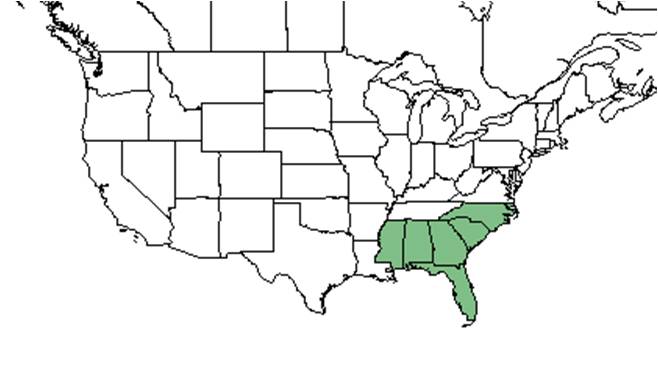Difference between revisions of "Eupatorium leptophyllum"
KatieMccoy (talk | contribs) |
KatieMccoy (talk | contribs) (→Taxonomic notes) |
||
| Line 20: | Line 20: | ||
Common name: false fennel | Common name: false fennel | ||
==Taxonomic notes== | ==Taxonomic notes== | ||
| + | The genus ''Eupatorium'' honors a first century Greek king who discovered an antidote to a poison derived from this family<ref name=SCNPS">[[http://scnps.org/wp-content/uploads/2012/10/Dog-Fennel.pdf South Carolina Native Plant Society]]Accessed: December 11, 2015</ref>. | ||
| + | |||
==Description== | ==Description== | ||
<!-- Basic life history facts such as annual/perrenial, monoecious/dioecious, root morphology, seed type, etc. --> | <!-- Basic life history facts such as annual/perrenial, monoecious/dioecious, root morphology, seed type, etc. --> | ||
Revision as of 16:09, 14 December 2015
| Eupatorium leptophyllum | |
|---|---|

| |
| Scientific classification | |
| Kingdom: | Plantae |
| Division: | Magnoliophyta - Flowering plants |
| Class: | Magnoliopsida - Dicotyledons |
| Order: | Apiales |
| Family: | Apiaceae ⁄ Umbelliferae |
| Genus: | Eupatorium |
| Species: | E. leptophyllum |
| Binomial name | |
| Eupatorium leptophyllum DC. | |

| |
| Natural range of Eupatorium leptophyllum from USDA NRCS Plants Database. | |
Common name: false fennel
Contents
Taxonomic notes
The genus Eupatorium honors a first century Greek king who discovered an antidote to a poison derived from this family[1].
Description
A description of Eupatorium leptophyllum is provided in The Flora of North America.
Distribution
Ecology
Habitat
Phenology
Seed dispersal
Seed bank and germination
Fire ecology
Pollination
The following Hymenoptera families and species were observed visiting flowers of Eupatorium leptophyllum at Archbold Biological Station (Deyrup 2015):
Halictidae: Lasioglossum nymphalis, L. placidensis
Use by animals
Diseases and parasites
Conservation and Management
Cultivation and restoration
Photo Gallery
References and notes
Deyrup, M.A. and N.D. 2015. Database of observations of Hymenoptera visitations to flowers of plants on Archbold Biological Station, Florida, USA.
- ↑ [South Carolina Native Plant Society]Accessed: December 11, 2015